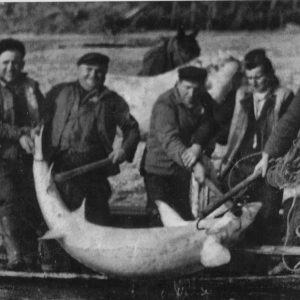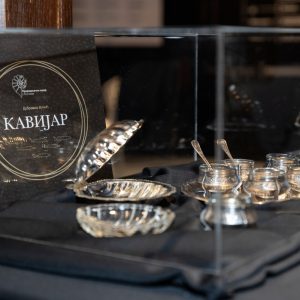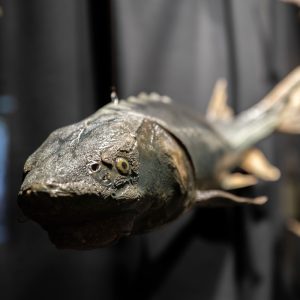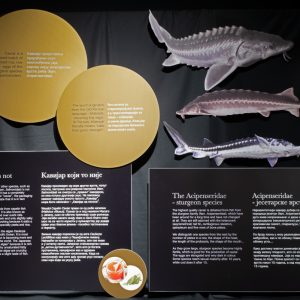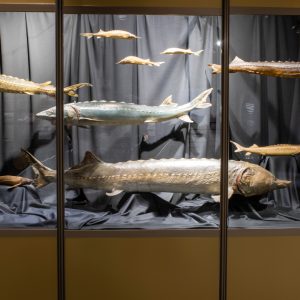How did caviar become widely known? Why, and when, was it the food of the poor? Why Serbian caviar used to be among the most valued? What is today’s most expensive caviar?
You will find the answers to these and many other questions at the exhibition “Caviar”, newly opened at
the Natural History Museum in Belgrade
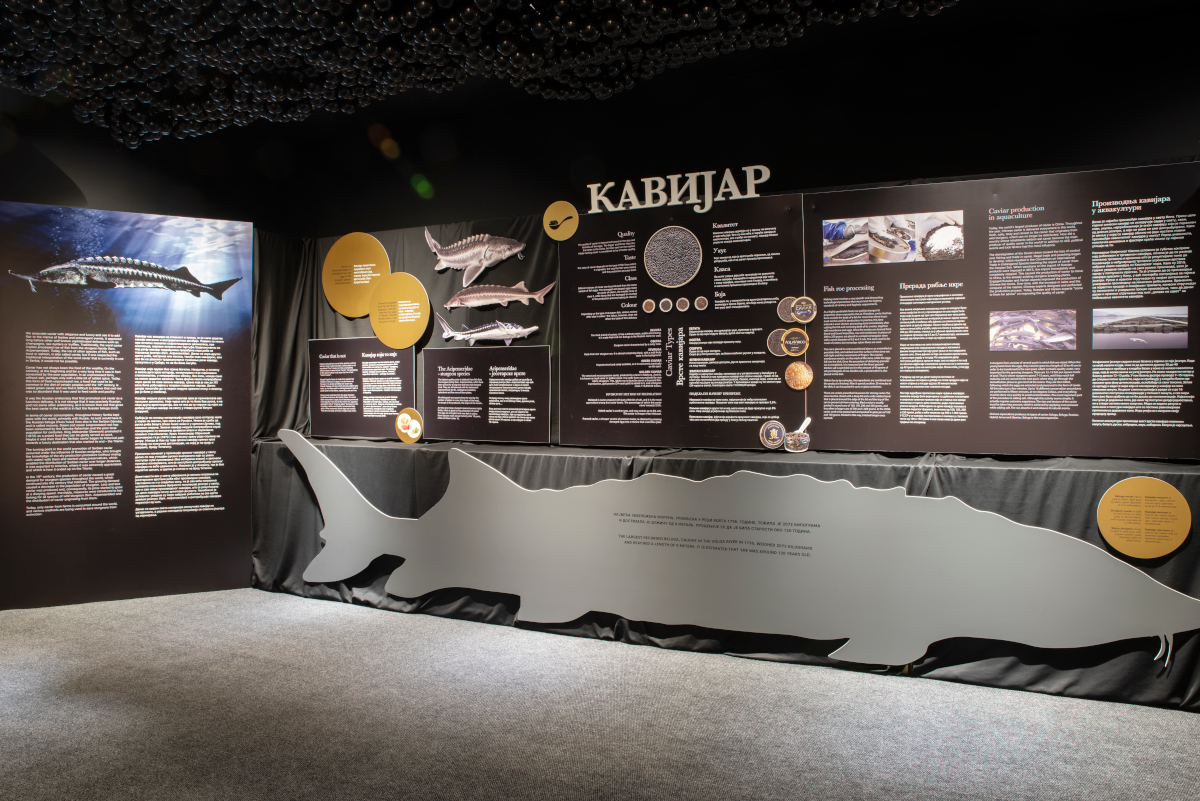
From Thursday 2 September until 2 December 2021, the public will have an opportunity to visit a unique exhibition prepared by senior curator Dubravka Vučić, entitled “Caviar”. The exhibition will be presented at the Gallery of the Museum of Natural History in Belgrade, Mali Kalemegdan 5.
Although today we associate caviar mainly with elegance and luxury, the exhibition brings this top delicacy closer to the audience by examining its various aspects: from cultural and historical, to biological and economic. Visitors will have an opportunity to get closely acquainted with the process of caviar production and the important rules of its consumption.
In a completely new and different ambience of the Gallery, the exhibition will exclusively include one of the last specimens of cod caught in the Danube, as well as Adriatic sturgeons from the river Bojana – a critically endangered species which, due to fishing for caviar and its delicious meat, is almost extinct in today’s rivers. Both exhibits are kept in the ichthyological collection of the Natural History Museum.
The audience will also have the opportunity to find out why the sturgeon is now considered a living fossil, learn about its mysterious path from the Black Sea to the river, where it goes to spawn, and discover more about its taxonomy, biology and protection.
A special segment is dedicated to the famous Kladovo caviar, which was produced in Serbia until the year 2000.
The realisation of the exhibition and catalogue was made possible by the Ministry of Culture and Information of the Republic of Serbia. Valuable assistance in the preparation of the exhibition was provided by the World Wildlife Fund (WWF) and the Native Fund of the Library of the Cultural Centre in Kladovo.
